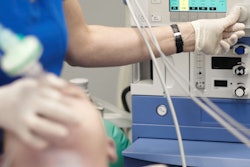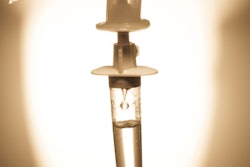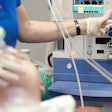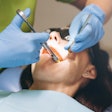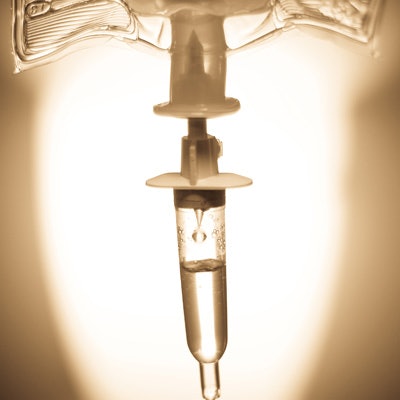
SAN FRANCISCO - When it comes to pediatric sedation safety, it is important for dentists and anesthesiologists to work together to ensure that properly trained practitioners are at every procedure, according to Samuel Wald, MD. He spoke at the American Society of Anesthesiologists 2018 annual meeting on October 15.
"It is incredibly important that we advocate and educate around those standards of safety especially for at-risk populations such as children," Dr. Wald told DrBicuspid.com after his presentation. "Working to align together across specialties is a unifying goal in the interest of all of our patients."
Dr. Wald is a clinical professor of anesthesiology at the Stanford University School of Medicine in Stanford, CA.
Opportunity for improvement
 Samuel Wald, MD.
Samuel Wald, MD.Dr. Wald walked a capacity audience through the evolution and politics of changes in pediatric sedation safety laws in California. While each state may have different laws, it is important for dentists and anesthesiologists to work together, he noted.
"We have to understand that there is an opportunity for improvement here," he said.
Dr. Wald cited a 2015 article in the Journal of the American Dental Association (September 2015, Vol. 146:9, pp. 705-708) in which the authors found that there is one patient death or brain injury per about every 350,000 anesthetic procedures, which works out to one such event occurring every five to six weeks in the U.S.
"Because pediatric patients require deep sedation and general anesthesia for a number of procedures that adults receive while awake, the anesthetic care for this population is more often pulled into locations outside the operating room to remote locations," he told DrBicuspid.com. "How to ensure that those locations are as safe as possible is always a concern."
As healthcare professionals know, or should know, how to provide safe and effective anesthesia for children, the question is not about whether anesthesiologists should be present every time a child undergoes anesthesia for a procedure, Dr. Wald said. He cited other trained personnel who can assist in making this practice safer, including certified registered nurse anesthetists, anesthesiologist assistants, and dental anesthesiologists.
"What can we do to make sure properly trained people are present?" he asked.
Dr. Wald noted that all healthcare practitioners are unified toward the goal of safer procedures and that anesthesiologists do not have all the answers.
"We need to acknowledge and recognize that other medical specialties are providers that overlap with what we do as anesthesiologists," he stated. "Working to align together across specialties is a unifying goal in the interest of all of our patients."
Safety and care
Training is one way to work toward that level of safety, Dr. Wald noted. But like dentistry, there are challenges in delivering hands-on training during online or remote educational sessions.
"It seems inevitable that remote learning will be the platform of the future in more and more instances, and that's what our constituents will embrace," he stated. "This will be a challenge for us."
Dr. Wald concluded that the location of the procedure should not impact the level of safety and care provided.
"It is important to push for the same high standard of anesthesia care for children, regardless of whether they are in a hospital or in a dental office," he stated. "This means having a fully equipped room and appropriately trained providers, including a second, qualified anesthesia provider, present for moderate sedation, deep sedation, and general anesthesia for children."




